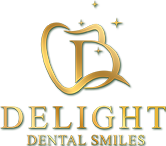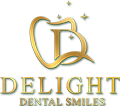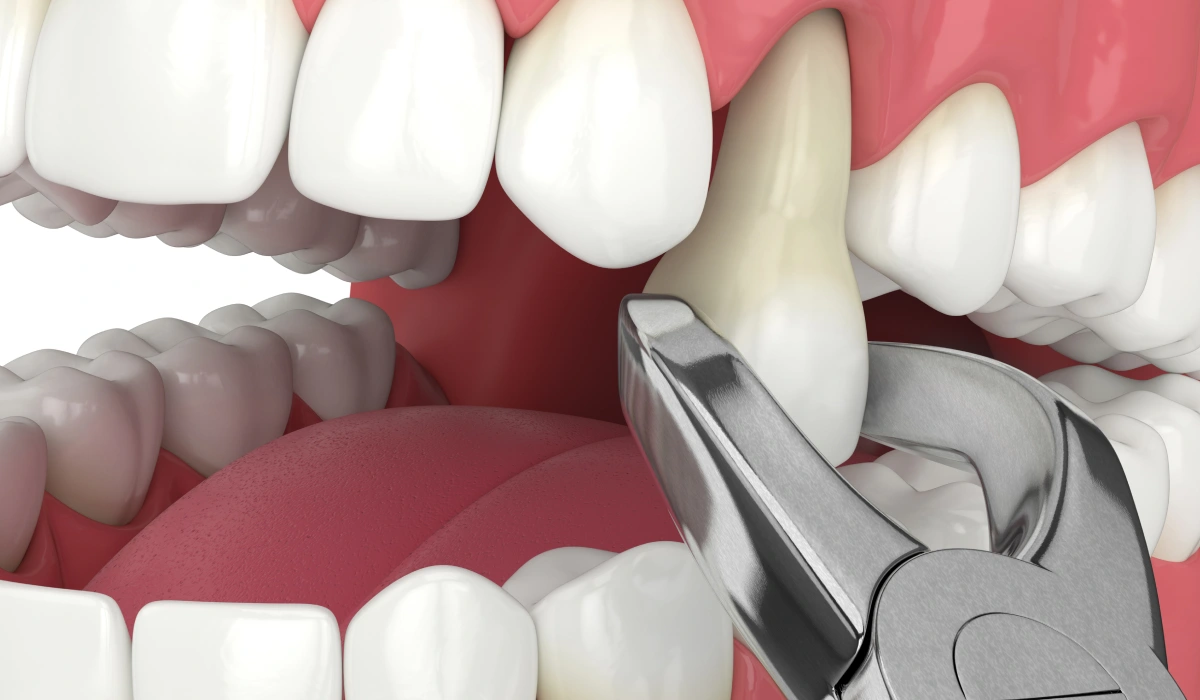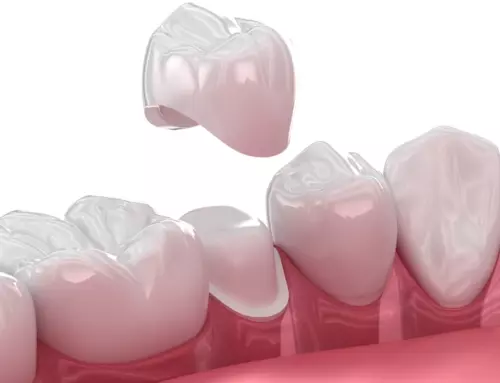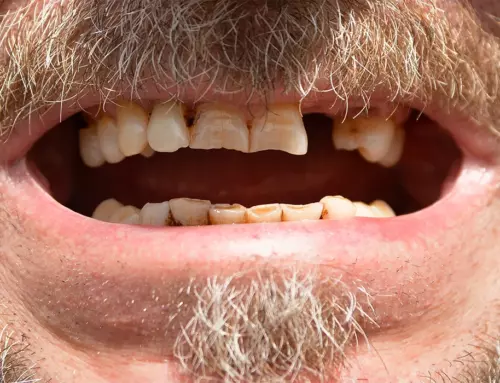After tooth extraction, proper care is essential for a smooth recovery process and minimizing complications. Knowing the do’s and don’ts after a tooth extraction can make a significant difference in how well you heal and how quickly you get back to feeling normal.
Tooth extractions are commonplace among adults in the United States, with millions of teeth being pulled annually by oral surgeons and dentists. Whether it’s due to decay, trauma, overcrowding, or wisdom tooth issues, caring for your extraction site after oral surgery is paramount. At Delight Dental Smiles, we advocate for informed patient care, emphasizing the significance of following post-operative care in the days following your tooth extraction.
In this comprehensive guide, we’ll explore the essential do’s and don’ts after a tooth extraction to help you navigate the post-extraction period with confidence and ease. Whether you’ve just had a tooth removed or are preparing for the procedure, understanding these guidelines can promote optimal healing and ensure a successful outcome.
Post-Operative Instructions: Days 1-2
The primary focus of your tooth extraction recovery revolves around preserving the blood clot forming in the tooth socket. It is very important for the healing process, safeguarding against potential complications like dry sockets. A dry socket occurs when the blood clot fails to form or becomes dislodged, exposing the underlying bone and nerve endings. Following the after-care guidelines helps foster a healthy blood clot and promotes effective healing.
Dos:
Here are some steps to take after your tooth extraction to promote blood clot formation and healing:
- Use gauze to aid clotting and stop bleeding: Keep gauze over the extraction site as directed by your dentist, applying gentle pressure to staunch bleeding. Change the gauze as needed and keep it in place for a few hours.
- Rest adequately: Allow your body some time to heal by resting for at least 24 hours and avoiding strenuous activity for 48 hours.
- Elevate your head when resting or sleeping: Sleeping with your head elevated on extra pillows supports blood clot formation and healing.
- Take prescribed medications: Follow your dentist’s instructions regarding pain medications and antibiotics to promote healing and prevent complications.
- Apply ice packs: Use ice packs on your face for 15-minute intervals during the first 24 hours to alleviate swelling and pain.
- Consume soft foods: Opt for soft foods like yogurt, mashed potatoes, scrambled eggs, or soup for the initial 24 to 48 hours to avoid irritating the extraction site.
Don’ts:
To ensure quick recovery and minimize the risk of dry socket, avoid the following:
- Smoking: Refrain from smoking for at least 48 hours post-extraction to prevent complications.
- Using straws: Avoid using straws for drinking, as the suction action can dislodge the clot and lead to bleeding or dry sockets.
- Spitting: Instead of spitting, allow saliva and blood to drip naturally to prevent disrupting blood clotting.
- Rinsing your mouth: Avoid rinsing or gargling for the first 48 hours, as it can interfere with clot formation.
- Blowing your nose or sneezing forcefully: If possible, keep your mouth open during sneezing to minimize pressure on the extraction site.
- Touching the extraction site with your tongue: Avoid touching the extraction site with your tongue to prevent dislodging the clot and increase the risk of a dry socket.
Post-Operative Guidelines: After 48 Hours
After 48 hours of your tooth extraction, it’s crucial to maintain the blood clot and practice good oral hygiene. While the clot is vital for healing, complete recovery may take up to 10 days or more. Following these instructions will promote proper healing and reduce the risk of complications.
Dos:
It’s crucial to allow your mouth time to heal and maintain good oral hygiene in the coming days and weeks. Follow these tips after your initial healing period:
- Continue brushing and flossing: Good oral hygiene is vital for overall oral health. However, avoid brushing and flossing directly over the extraction site until it’s fully healed.
- Saline rinses: Once the blood clot is secure, saline rinses can help eliminate bacteria and reduce the risk of infection. Prepare a warm saline solution with water and salt, rinse your mouth, and allow the water to drain without spitting.
- Stick to soft foods: Until your extraction site fully heals, stick to soft foods that don’t require much chewing.
Don’ts:
Continue avoiding the following for at least ten days or until your extraction site heals completely:
- Hard foods or foods with seeds: Avoid hard foods, foods that require excessive chewing, and foods with seeds or small grains, as they can damage and irritate the healing area.
- Keep the toothbrush away: While oral hygiene is crucial, refrain from brushing directly over the extraction site until it’s fully healed. Brushing this area prematurely can dislodge the clot and impede healing.
When should you reach out to your dentist after a tooth extraction?
While complete healing may take up to ten days, individual recovery times vary. Wisdom teeth extraction may require longer healing periods. It’s normal to see signs of blood due to saliva mixing, but persistent or excessive bleeding isn’t. Contact your dentist if you notice:
- Increasing pain and swelling, especially if it spreads to the ear.
- Continued bleeding beyond 24 hours.
- A high fever may signal infection.
- Nausea or vomiting.
- Drainage from the extraction site with an unpleasant smell or taste, suggesting infection.
Conclusion:
Managing the post-tooth extraction period requires diligence and adherence to proper care guidelines. By following the do’s and don’ts after tooth extraction, you can promote healing and reduce the risk of complications. Keep in mind that your oral health is crucial, and ensuring a seamless recovery is vital for your overall well-being.
Ready to get started?
Ready to prioritize your dental health? Schedule an appointment with Delight Dental Smiles, Coral Springs, FL, today at (954) 406-6942. Let our experienced team guide you through your tooth extraction journey with care and expertise. Your healthy smile awaits!
FAQ
What should you not do after having a tooth extraction?
Avoid drinking through a straw, sucking on candies or ice pops, slurping soups or other liquids, rinsing your mouth vigorously, or smoking for 24 hours.
How many days should I rest after tooth extraction?
The duration of rest needed after a tooth extraction varies based on the procedure’s complexity, your overall health, and pain tolerance. It’s advisable to schedule at least 3-4 days of rest following your tooth extraction.
When can I eat after tooth extraction?
You can eat approximately an hour after the surgery once you’ve removed the gauze sponges from your mouth. Eat soft foods for the first 24 hours and avoid hot foods and drinks for several hours afterward. Avoid using a straw for the first 24 hours as well.
